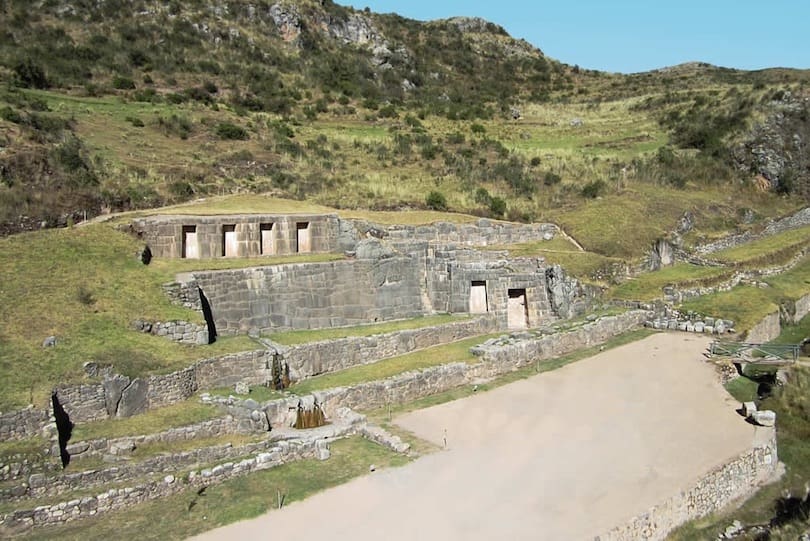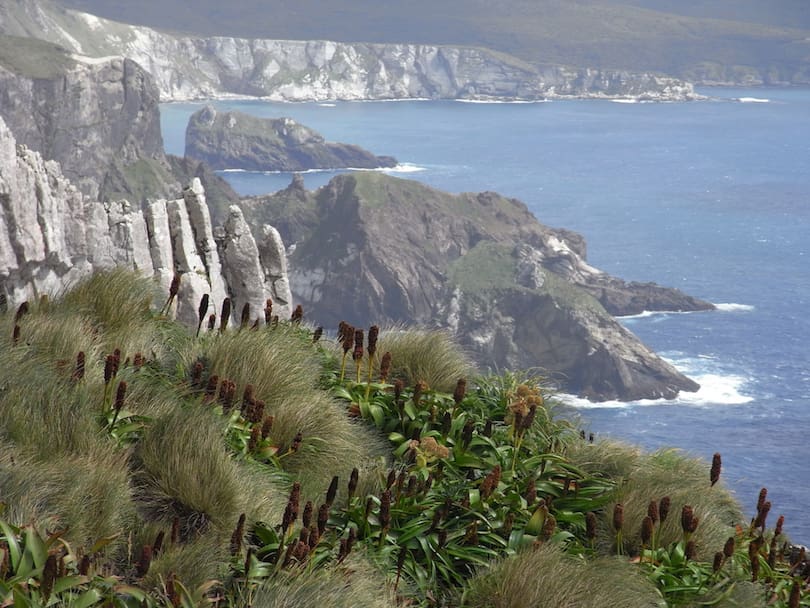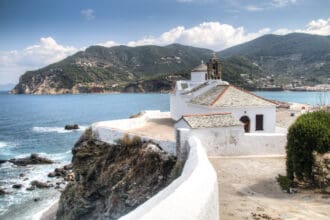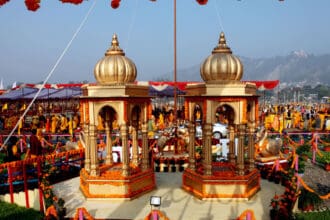Explore the marvels of the past with the 10 most impressive ancient aqueducts that have stood the test of time. From engineering feats to cultural significance, uncover the secrets behind these magnificent water transport systems.
Introduction
Aqueducts, the incredible feats of ancient engineering, have played a pivotal role in human civilization, providing a reliable supply of water to cities and facilitating their growth and development. In this article, we delve into the top 10 most impressive ancient aqueducts, examining their historical significance, architectural brilliance, and the lasting impact they have had on our world. Join us on this captivating journey through time and explore how these ancient waterways shaped the course of history.
The Aqueducts of Segovia: A Timeless Icon
The Aqueduct of Segovia, located in Spain, stands as a testament to Roman engineering prowess. Spanning over 800 meters, this magnificent structure consists of 167 arches, showcasing the beauty of its granite blocks without the use of mortar. It has been providing water to the city for nearly two millennia, a remarkable achievement that astounds engineers and history enthusiasts alike.
The Pont du Gard: A Bridge of Elegance
The Pont du Gard in France is a masterful creation that spans the Gardon River. This three-tiered aqueduct showcases the Romans’ ability to blend functionality with architectural splendor. Built with precision-cut stones, it once delivered water to the thriving Roman colony of Nemausus, now known as Nîmes. The Pont du Gard stands tall as one of the most well-preserved aqueducts of its time.
The Aqueduct of Valens: Witness to Istanbul’s History
Steeped in history, the Aqueduct of Valens in Istanbul, Turkey, served as a lifeline for the ancient city of Constantinople. Built by the Roman Emperor Valens in the 4th century, this aqueduct with its imposing arches carried water across valleys and supplied the city for centuries. Today, it remains an emblem of Istanbul’s rich past, attracting visitors from around the globe.
The Aqua Claudia: Ancient Marvel of Rome
In the heart of the Roman Empire, the Aqua Claudia stands as an awe-inspiring example of hydraulic engineering. Stretching over 69 kilometers, this aqueduct brought water from the Tiburtine Hills to Rome, serving the populace with an abundance of water for various purposes. Its ruins still bear witness to the innovation of ancient Roman engineers.
The Caesarea Aqueduct: A Coastal Wonder
Caesarea, a once-flourishing city on the coast of Israel, boasted a remarkable aqueduct system. Constructed by Herod the Great in the 1st century BCE, the Caesarea Aqueduct provided water to the bustling metropolis and played a crucial role in its prosperity. Today, visitors can marvel at the ruins of this engineering wonder while enjoying the scenic coastline.
The Aqua Appia: A Pioneering Feat
As one of Rome’s earliest aqueducts, the Aqua Appia marks the beginning of a groundbreaking era in water transportation. Built in 312 BCE, it was a revolutionary engineering achievement, setting the foundation for the city’s future water supply systems. Despite the passage of time, segments of the Aqua Appia can still be admired in Rome.
The Aqueduct of El Aguila: An Andalusian Jewel
The Aqueduct of El Aguila, located in Spain’s Andalusia region, stands as an enduring symbol of ancient aqueducts. Constructed during the reign of Emperor Trajan, this aqueduct provided water to the bustling ancient city of Emerita Augusta, present-day Mérida. Its iconic arches are a testament to the ingenuity of Roman engineers.
The Zaghouan Aqueduct: Carrying Water to Carthage
In the ancient city of Carthage, the Zaghouan Aqueduct played a vital role in providing water to its inhabitants. Built by the Romans, this aqueduct originated from the foothills of Djebel Zaghouan and spanned over 90 kilometers to reach the city. Today, visitors can explore its remnants and appreciate its historical significance.
The Aqueduct of Patras: A Greek Marvel
The Aqueduct of Patras in Greece, also known as the Roman Aqueduct, is a captivating archaeological site. Spanning approximately 22 kilometers, this aqueduct once supplied water to the city of Patras during the Roman era. Its sturdy arches and historical value make it a must-visit destination for history enthusiasts.
The Aqueduct of Eifel: The Bridge to Roman Cities
The Aqueduct of Eifel, located in modern-day Germany, was a vital waterway that supplied the ancient Roman cities of Trier and Cologne. Spanning over 95 kilometers, this aqueduct traversed challenging terrains and showcased the Romans’ adaptability and engineering prowess.
The Magnificence of Ancient Aqueducts
The awe-inspiring ancient aqueducts not only quenched the thirst of ancient civilizations but also stand as enduring symbols of architectural brilliance and human ingenuity. From Rome to Greece, Spain to France, these remarkable structures have left an indelible mark on history, reflecting the greatness of civilizations that once thrived upon their life-giving waters.
FAQs
Q: How were ancient aqueducts constructed? Ancient aqueducts were constructed using a combination of precision-cut stones, concrete, and bricks. Roman engineers designed the aqueducts to have a gentle slope, ensuring a continuous flow of water from the source to the destination city.
Q: What materials were used in building aqueducts? The materials used in building aqueducts varied depending on the region, but common materials included granite, limestone, concrete, and brick. In some cases, waterproofing materials like hydraulic mortar were used to prevent water leakage.
Q: How did aqueducts impact ancient cities? Aqueducts had a transformative impact on ancient cities by providing a consistent supply of clean water for drinking, sanitation, agriculture, and public baths. This enabled the growth of urban centers and improved the overall quality of life for inhabitants.
Q: How were aqueducts maintained in ancient times? Ancient Romans appointed skilled engineers to oversee the maintenance of aqueducts. They regularly inspected the structures, cleared debris, and repaired any damages to ensure the uninterrupted flow of water.
Q: Are there any aqueducts still in use today? While most ancient aqueducts are no longer in use, some have been restored and repurposed for modern irrigation or tourism purposes. For example, the Pont du Gard and Aqueduct of Segovia are two such aqueducts that continue to captivate visitors.
Q: What is the significance of aqueducts in modern times? Though ancient aqueducts are no longer operational, they serve as valuable historical and cultural landmarks, reminding us of the advanced engineering techniques and the legacy of ancient civilizations.
Conclusion
The 10 most impressive ancient aqueducts take us on a journey through time, revealing the genius of ancient engineers and the essential role water played in the development of human civilization. From the iconic arches of the Pont du Gard to the sprawling Aqua Claudia, these structures are not only engineering marvels but also windows into the past, showcasing the ingenuity and resourcefulness of our ancestors. By preserving and learning from these architectural wonders, we pay homage to the enduring legacy of the civilizations that built them.







